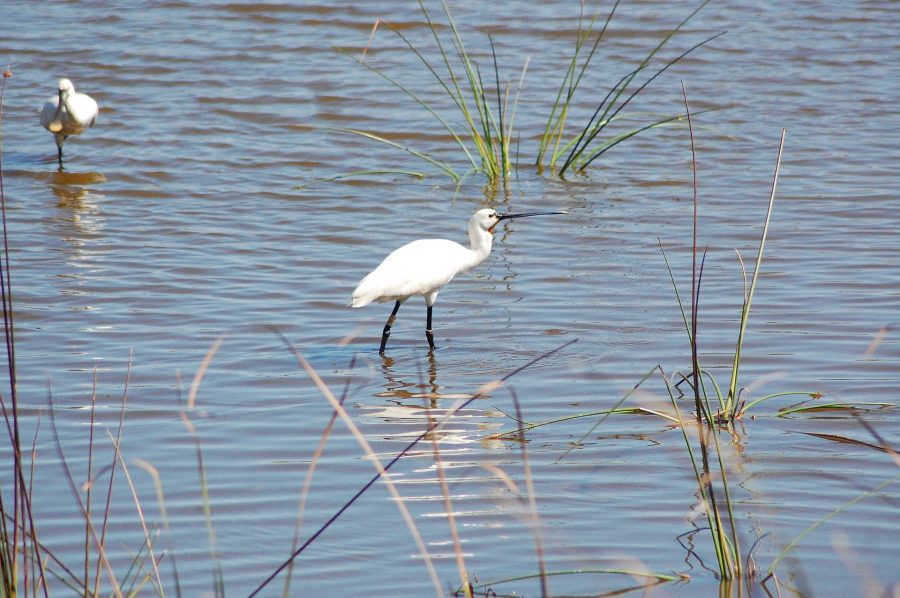Agriculture and sewage threaten flora and fauna in Doñana National Park, Spain’s largest wetland
Investigations in the Doñana wetland in southern Spain have shown an overconcentration of nutrients in the surface water. Human activity is to blame: intensive agriculture and poor waste water treatment are endangering the water quality.
Both the protected nature reserve – the National Park – and its immediate surroundings are suffering the consequences ‘which directly affect the survival of the fauna and flora of the area’.
Doñana threatened by excessive nutrients
Nature in Doñana is ‘seriously threatened’ by an excessive supply of nutrients in the water (eutrophication). For example, the water may contain too many minerals due to over-fertilisation. Human activity can also introduce too much nitrogen or phosphorus into the water. As a result, certain micro-organisms can grow uncontrollably, which in turn makes some water plants dominant over others. The increase in phosphates since 2001 has led to the explosive growth of a certain species of fern, which threatens the survival of other plant species. Between 2001 and 2004, animals died en masse due to toxic bacteria.
Historical data
This research is “a breakthrough” for water quality management and ecosystem conservation in Doñana. Previously, historical data was lacking to carry out a thorough analysis. For this report, between 2013 and 2016, they measured samples at 56 different points. The highest concentration of nutrients was measured in the Partido stream, one of the main tributaries to the marsh, where there is a lot of human activity. In general, the brooks show higher values than the marsh itself. Another remarkable finding is that the area covered by greenhouses in the areas adjacent to the marshes increased by 487% between 1995 and 2016.
Measures required
The investigation concludes that to reduce, and prevent further increase in eutrophication, appropriate and urgent measures need to be taken. Without action, there will be adverse effects on the flora and fauna. Improving environmental and water management and preserving the biodiversity of this special marshland area will also have to take into account the effects of climate change.


